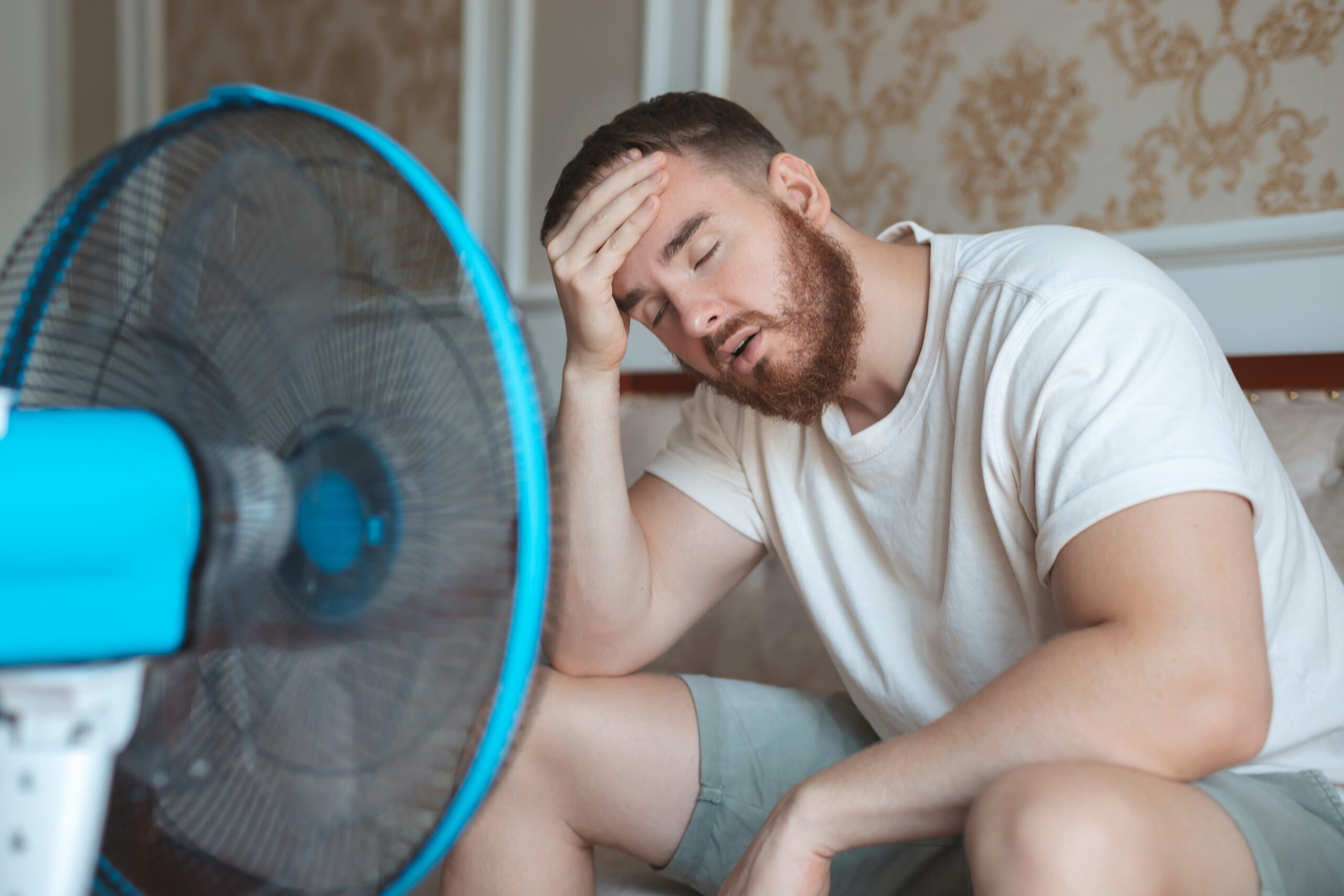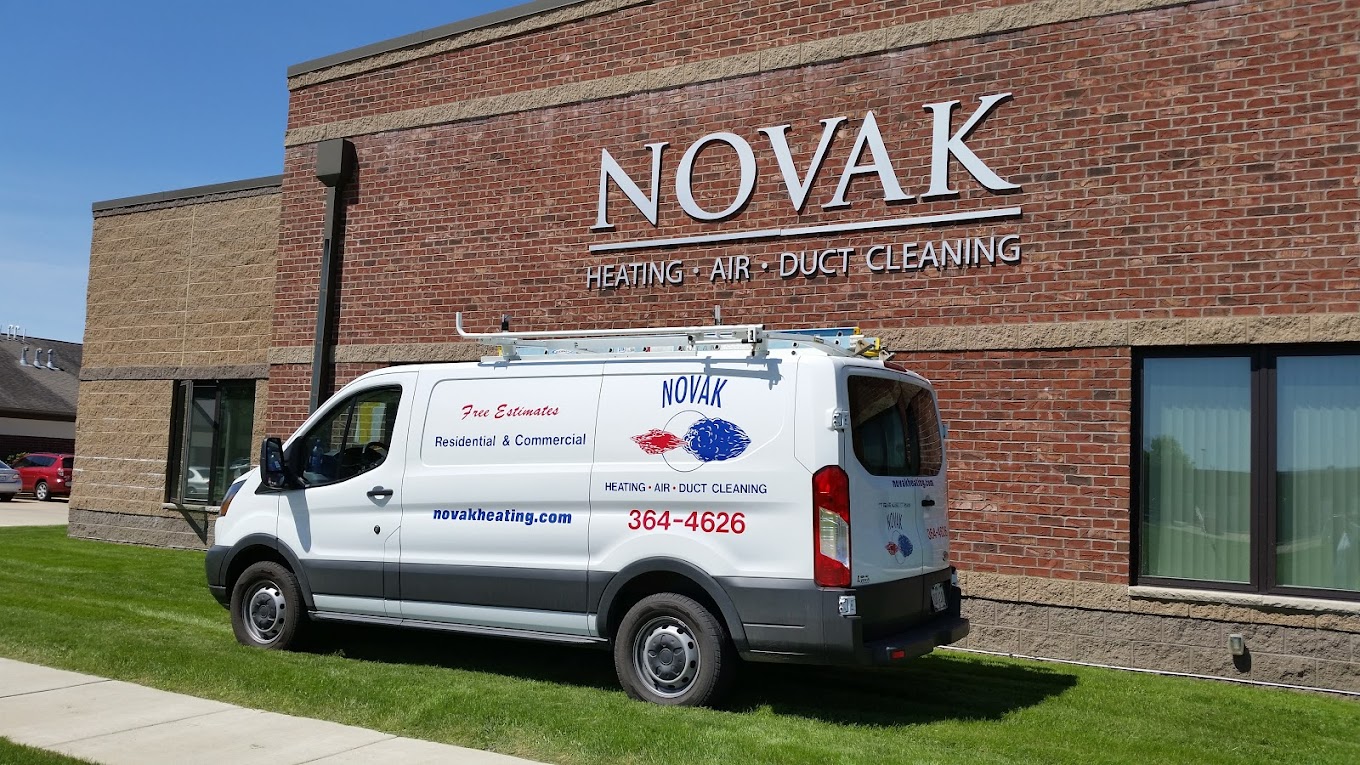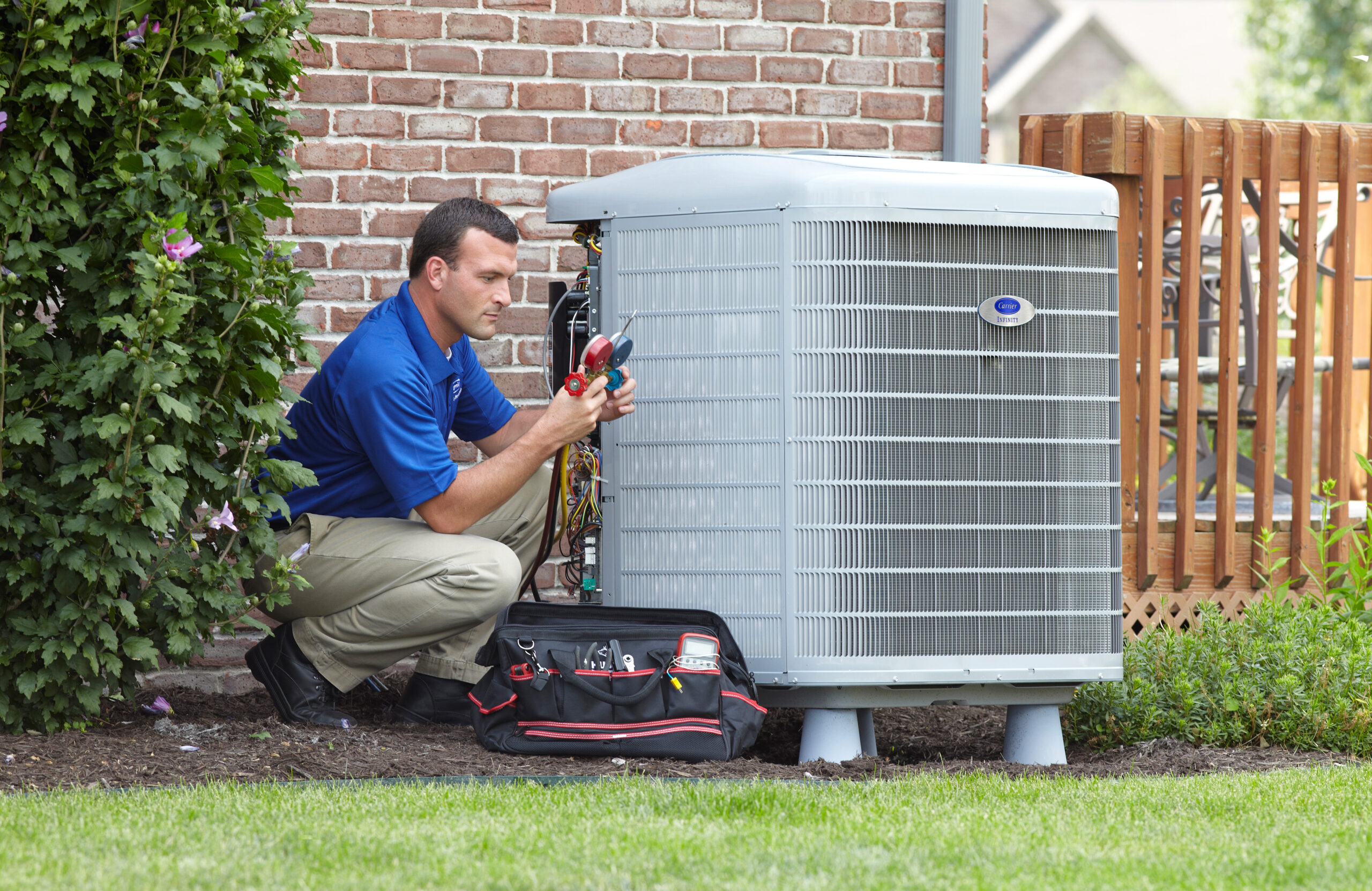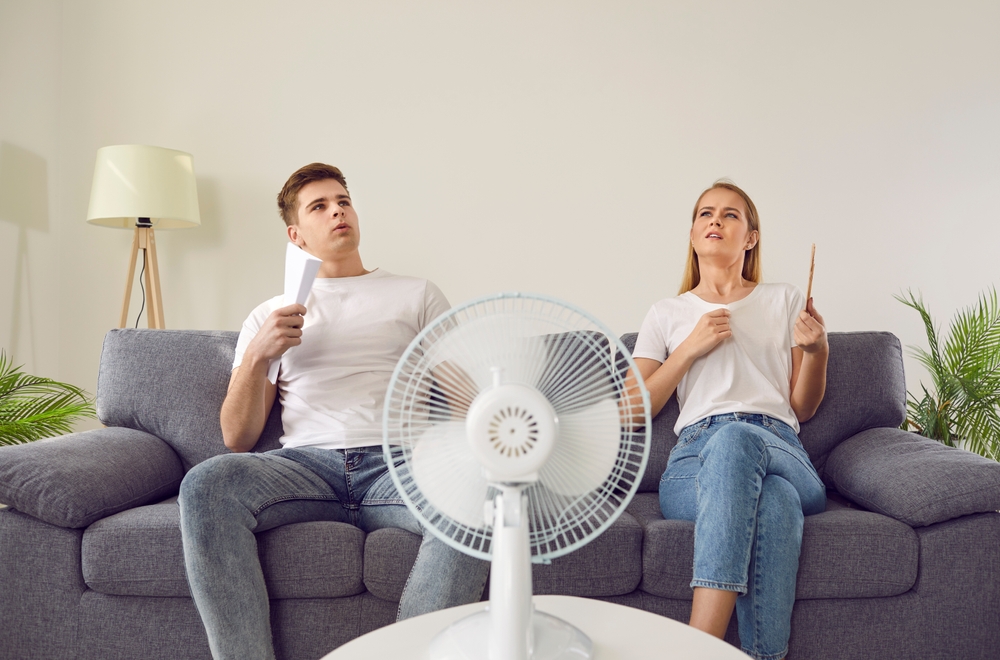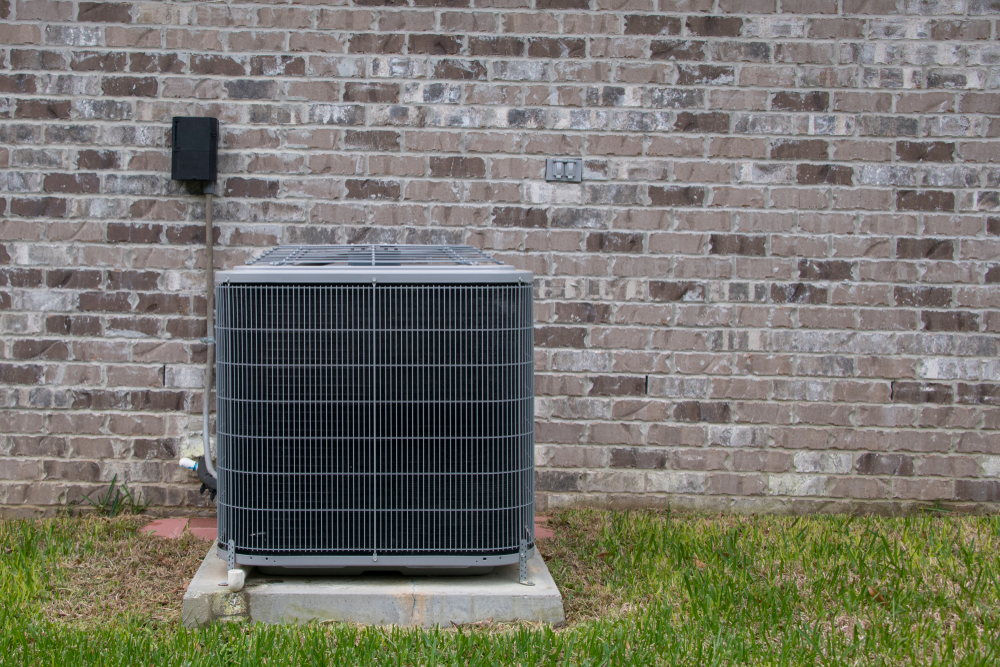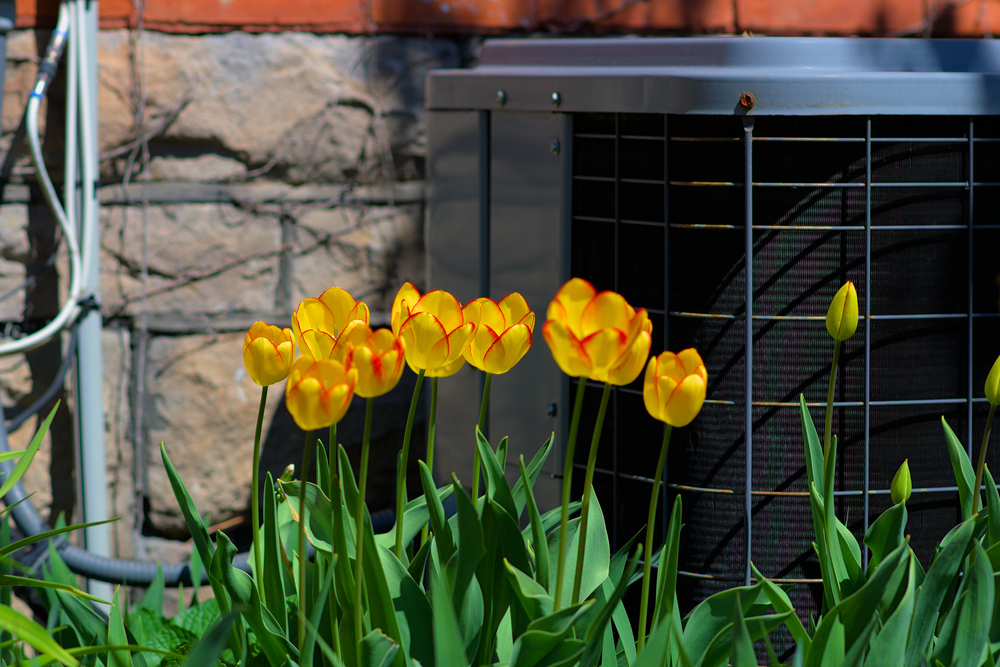Wondering what’s wrong with your air conditioner? When it comes to understanding and fixing AC issues, you’ve found the experts! Novak Heating and Cooling has been serving Cedar Rapids, Iowa, since 1934, bringing decades of experience in installing, repairing, and maintaining air conditioning systems. With our extensive knowledge, we’ve seen it all when it comes to AC troubles.
In this blog, we’ll dig into the most common problems that affect air conditioners and guide you on when it’s time to call us for your AC repair in Cedar Rapids, IA.
What Are the Most Common AC Repairs in Cedar Rapids?
Air conditioners are complex systems, and like any appliance, they can experience issues. Here are some of the most common AC repairs we see in Cedar Rapids:
Refrigerant Leaks and Recharges
Refrigerant leaks not only affect your system’s cooling efficiency but can also lead to increased cooling costs and potential environmental harm due to refrigerant emissions. Our experienced air conditioning technicians are skilled in detecting and repairing refrigerant leaks. We use environmentally friendly practices to handle refrigerants, ensuring compliance with all regulations. Whether your central air system needs a simple recharge or a more complex leak repair, you can trust us to do the job safely.
Electrical Control Failures and Component Replacement
Electrical control failures can cause your air conditioning system to malfunction, resulting in erratic operation or complete breakdowns. At Novak, we specialize in diagnosing and repairing electrical issues in AC systems. Our certified technicians have the knowledge to handle complex electrical components, ensuring your system operates efficiently and safely. Whether it’s replacing faulty capacitors or addressing wiring issues, we have a solution to your problem.
Sensor Calibration and Replacement
AC sensors play a crucial role in regulating temperature and ensuring efficient operation. When sensors malfunction, your AC unit may struggle to maintain comfortable indoor temperatures or may cycle on and off frequently. Novak offers expert sensor calibration and replacement services to restore your AC’s performance. Our technicians will confirm that the sensor is to blame and recommend the best course of action to optimize your system’s efficiency.
Drainage System Maintenance and Cleaning
Clogged drainage systems can lead to water backups and potential water damage in your home. At Novak, we emphasize the importance of regular maintenance and cleaning of AC drainage systems to prevent issues. Our technicians are trained to identify and clear drainage blockages, ensuring proper water flow and reducing the risk of mold growth and indoor air quality issues. Count on us to keep your AC’s drainage system clean and functioning smoothly year-round.
Air Filter Inspection and Replacement
Dirty air filters can severely impact the efficiency of your air conditioner and your indoor air quality. We recommend checking and changing air filters monthly during peak cooling seasons to ensure clean air circulation and reduce strain on your AC system. Our technicians can assist in selecting the right filters for your air conditioning system and provide guidance on proper maintenance practices to extend the life of your AC unit.
How to Avoid These Common AC Repairs
Now that you’re aware of some of the most common AC problems, let’s discuss how to prevent them. Regular maintenance and a few simple habits can significantly extend the life of your air conditioner and help you avoid costly AC repair services, especially during the hottest week of the year.
- Change your air filter regularly: A clogged air filter is a major culprit behind reduced airflow and inefficient cooling. Check your filter monthly and replace it as needed.
- Schedule regular maintenance: Annual tune-ups are essential for catching potential problems early on. A professional technician will inspect your air conditioner, clean components, and ensure optimal performance.
- Keep the area around your outdoor unit clear: Debris like leaves, grass clippings, and overgrown shrubs can block airflow to your outdoor air conditioning unit, reducing efficiency and increasing the risk of breakdowns.
- Don’t overload your system: Overworking your AC by setting the thermostat too low can put unnecessary strain on the components. Aim for a comfortable setting and use fans to circulate cool air.
- Address issues promptly: Don’t ignore strange noises, unusual odors, or reduced cooling performance. Catching problems early helps you save money on your utility bills and prevent a premature replacement.
To assist with your AC maintenance, Novak offers AC tune-up services and a Worry-Free Maintenance Program. With this program, we’ll schedule your annual tune-up for your furnace and air conditioner, remind you when it’s time, and provide priority scheduling and discounts. By routinely caring for your HVAC system, you’ll enjoy improved efficiency, a longer system life, and greater peace of mind.
We also provide other air conditioning services to meet your needs. In addition to AC repairs and maintenance, we can also install a new system if yours can’t be repaired. Sometimes, a new installation is necessary, especially when your current air conditioner is outdated, inefficient, or experiencing major mechanical failures.
Contact Novak for Your AC Repair in Cedar Rapids, IA
When you need AC repair in the Cedar Rapids area, trust the experts at Novak Heating and Cooling! Our heating and air conditioning company offers transparent pricing, emergency services, and a commitment to customer satisfaction. Your home comfort is our top priority, and we go the extra mile for every single one of our customers. We treat you like family because, to us, you are! Don’t settle for anything less than the best.
Call or reach out online today and rest easy knowing you’re getting the quality service that you deserve.


